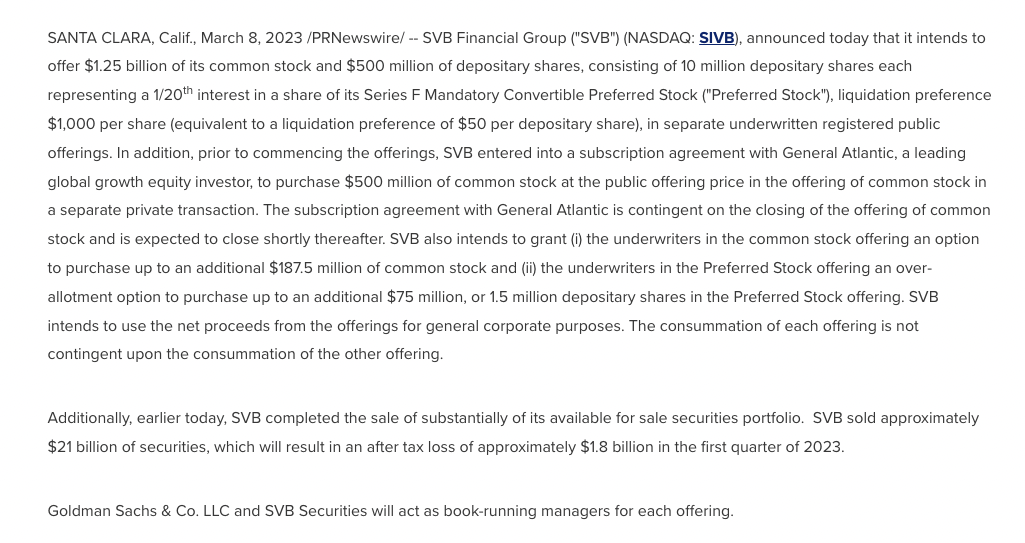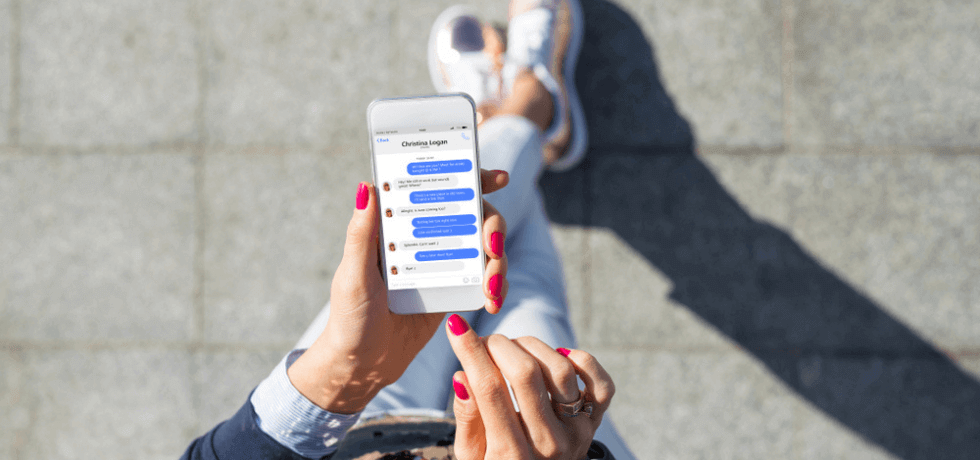
A communication breakdown is a common issue that impacts many aspects of life, often beginning as a small inconvenience but escalating into a larger problem.
Initially perceived as a small communication glitch, faulty informational exchange can snowball into major misinterpretation, frustration, and lost opportunities.
Ambiguous or incomplete messaging should be identified and addressed head-on. The following article will show you how, when, and which tools you can employ to prevent it from happening again. Let’s get started!
What is a communication breakdown?
Communication breakdowns happen when the intended message is not properly received or understood by the recipient. This can lead to confusion, misunderstandings, or things getting done halfway through. It can happen at work or in private relationships, causing frustration and missed chances to connect or solve problems.
Communication breakdowns can occur due to language barriers, misinterpreted idioms, or cultural differences. While some people rely on nonverbal cues, others prefer direct communication. Technical issues with communication tools can also worsen the problem, leading to lost or unclear messages.
Why communication breakdown matters
Teamwork is powered by good, if not excellent, communication. When it breaks down, confusion pops up, and deadlines get pushed back. Productivity takes a hit because team members start missing tasks, which can lower morale and even cause tension or conflicts within the team.
When communication with customers breaks down, their expectations aren’t met, which can lead to a major loss of trust. Over time, this hurts loyalty, damages the company’s reputation, and leads to a drop in sales and revenue. Eventually, customers turn to competitors, and the business struggles to grow.
In cases where miscommunication becomes the rule instead of the exception, it creates distance in both personal and professional relationships. This can seriously affect mental well-being, causing stress, frustration, and anxiety.
On top of that, it often leads to missed chances for personal growth, networking, or career advancement, which people don’t always realize right away.
5 Causes of communication breakdown
To help you catch potential breakdowns before they happen, we’ll explore the top five reasons why communication tends to go off the rails.
1. Lack of active listening
Active listening means focusing exclusively on the person speaking, ensuring you understand what they’re saying, and responding only after considering their input. But most people skip at least one of these steps.
When that happens, they miss important details, come off as rude, and jump to conclusions, which leads to misunderstandings. This causes confusion both at the workplace and at home, creating tension and making relationships feel strained.
2. Misaligned expectations
More often than we’d like to admit, people in a conversation have different assumptions or expectations about what’s being said. This mismatch almost always leads to a communication breakdown.
Imagine a situation where a manager provides feedback on a project, saying, “This looks good, but we need a few changes.” This is both ambiguous regarding the actual changes that need to be made and the dedicated timeline. People on the other end might assume the changes are minor and not urgent, while the manager might expect them to be done immediately.
Without clear communication on the urgency or scope of the changes, things can result in frustration or conflict when progress doesn’t come as quickly as expected.
3. Failure to adapt to different communication styles
People have different ways of communicating—some prefer talking things out directly, others use written messages, and some rely a lot on non-verbal cues. Some like to get straight to the point, while others drop subtle hints or expect you to pick up on the context.
If you don’t recognize or adjust to these different styles, it’s easy to run into misunderstandings, especially when working with diverse teams or in multicultural settings.
4. Technology issues or miscommunication in digital channels
When using digital communication, like emails, messaging apps, or virtual meetings, it’s easy for meaning to get lost or misunderstood. The tone in written messages can be misread, video calls can suffer from poor connections, and vague subject lines can leave people unsure of the main point.
The key is mixing in personal interaction as much as possible to clear up misunderstandings quickly.
5. Information overload
Sharing too much information at once can overwhelm the person on the receiving end, making it hard for them to take in or remember the key points. This often happens in workplaces where people are flooded with emails, memos, and meetings.
With so much to take in, important details can easily get overlooked, leading to mistakes or tasks not getting done properly.
How to prevent communication breakdown
Here’s how to keep things smooth and avoid frustrating misunderstandings simply by staying consistent with your communication.

Listen actively
Avoid distractions like checking your phone or planning your response while the other person is talking. Instead, focus on what they’re saying and show you’re listening by summarizing or restating their key points to confirm you’ve understood.
Nonverbal cues matter, too—nodding, making eye contact, and leaning in slightly can signal that you’re fully engaged in the conversation. These small actions help build trust and make the speaker feel heard and valued, strengthening communication overall.
Communicate clearly
Keep things simple and avoid overwhelming the listener with unnecessary details. Skip the jargon or complicated terms, and keep your message clear and structured.
Whether you’re speaking or writing, start with the main point and then provide the important details. It also helps to think ahead about any potential questions or misunderstandings and address them upfront so everyone stays on the same page. This makes your communication easier to follow and more effective.
Establish feedback loops
After sending a message, especially for important tasks or instructions, it’s crucial to ask for feedback. Have the other person repeat what they understood to make sure everyone’s on the same page.
Checking in regularly is also helpful, especially with long-term projects, to ensure expectations are still clear and progress is on track. This helps catch any misunderstandings early and keeps everything moving smoothly.
Adapt to different communication styles
Adjust your communication based on who you’re addressing. Some people are straightforward, while others use a more subtle approach. If someone prefers a formal style, match that tone. If they’re more casual, adapt to make them feel at ease.
Being flexible and open to learning different cultural communication styles is especially important when working in a multicultural team. It helps build stronger connections and reduces the chances of misunderstandings.
Use collaborative tools effectively
Mind your tone in emails, as it’s easy for messages to be misunderstood. If the topic is sensitive, it might be better to pick up the phone or schedule a video chat.
Texts work well for quick updates or simple questions but steer clear of them for anything detailed or complex. For more in-depth conversations, video conferences are the norm.
Try to incorporate business communication channels like video calls or presentations to explain complicated ideas more clearly. Utilize screen sharing and visual aids, and be mindful of non-verbal cues. Matching the other person’s body language or tone can help strengthen the connection and enhance understanding.
Handling a communication breakdown step-by-step
No need to panic, there are simple steps you can take to fix any communication breakdown in any type of setting. Here’s a clear guide on how to get things back on track:
1. Stay calm and open-minded
Don’t get defensive, and focus on listening to understand the other person’s perspective. Shift your attention from trying to prove them wrong to truly hearing what they’re trying to say.
Let’s say two coworkers are debating over a project timeline. One feels it’s too rushed, while the other thinks it’s manageable.
Instead of immediately defending your position by saying, “We don’t have time to push it back“, you could take a step back and say, “I hear that you’re concerned about the timeline. Can you tell me more about why you think it’s too tight?”
This shifts the focus from proving them wrong to understanding their concerns. By listening, you might find out they’re worried about the quality of work, which opens the door for a more productive discussion.
2. Clarify the issue
Use active listening techniques like paraphrasing or asking open-ended questions, such as, “Can you explain a bit more about why you feel that way?” This shows you’re engaged and willing to understand their point of view.
3. Acknowledge the other person’s perspective
To avoid a communication breakdown, make sure you validate the other person’s feelings or viewpoint, even if you disagree. You’re not committing to their solution—just recognizing their perspective, which helps ease tension.
4. Offer a solution or compromise
Be flexible enough to look for a middle ground. Suggest ways to move forward that consider both your concerns. If you have shared business goals, use them as a foundation for compromise.
For instance, if team members are arguing over how to allocate resources for a project, one might want to focus more on marketing while the other prioritizes product development. A compromise could involve splitting the resources so that both areas receive attention, with a bit more going to whichever aspect is more time-sensitive.
It would go something like this:
“We both want this project to succeed, so how about we allocate 60% to product development for the initial launch and the other 40% to marketing, then reassess once initial results come in? That way, both priorities get addressed, and we can adjust if needed.”
5. Confirm agreement on the resolution
Recap what you’ve agreed on to ensure you’re both on the same page.
Example: “Just to confirm, I’ll handle the first half of the project, and you’ll take over after the review. Does that sound good?“
6. Follow up to ensure the issue is fully resolved
Agree on clear next steps, including timelines, to create accountability and ensure both sides feel heard and understood. This way, nothing is left unclarified, and feedback is properly addressed.
Rebuilding trust after a breakdown requires a mix of practical tools and strategic approaches to smooth things over and get everyone back on track. Here are the ones that made our list:
Project management tools (Asana, Trello, etc.)
These tools help ensure tasks and deadlines are crystal clear, so there’s no confusion about who’s responsible for what. They create transparency, which can rebuild trust when things have gone off course.
Tip: Keep updates and tasks visible to everyone involved. Regularly check in on progress and keep communication flowing. If people feel included and in the loop, it’s easier to rebuild confidence in the process.
Customer care platforms
After a mistake with customers, using platforms like Zendesk or Freshdesk can help manage issues quickly and effectively. These customer care tools keep track of complaints, responses, and resolutions, making it easier to show you’re on top of things.
Tip: Be consistent and fast in addressing customer concerns. Follow up after resolving the issue to make sure they’re satisfied. A personal touch, like a handwritten note or tailored email, can make a big difference.
Compensation programs
Offering compensation—whether through discounts, free services, or loyalty perks—can go a long way in showing you care about making things right.
Tip: If you’re offering something, make sure it’s actually valuable to the person you’re trying to win back, not just a token gesture.
Performance reviews and feedback sessions
Within teams, regular performance reviews and feedback sessions give a structured way to discuss what went wrong and how to fix it. They provide an opportunity to openly address concerns and set clear expectations moving forward.
Tip: Keep these sessions two-way. Ask for feedback on how things can improve from both sides so everyone feels heard. Use specific examples and suggest actionable changes to rebuild trust through improvement.
Press releases
If you’re dealing with a public trust issue, a well-crafted press release can help set the record straight. It’s a chance to take responsibility, explain your side, and show what steps you’re taking to fix the problem.
Tip: Be honest and transparent. Avoid vague or defensive language—people can see through that. Own up to mistakes and outline the steps you’re taking to make things right.
Internal memos
For internal trust breakdowns, like between departments or teams, internal memos can help realign everyone and clear up misunderstandings. They’re a formal way to communicate changes, expectations, and the plan moving forward.
Tip: Keep memos short and clear. Highlight the key issues and solutions, and make sure to emphasize how these steps benefit the team as a whole.
Follow-up and check-ins
Tools like Google Calendar or any scheduling app can be used for regular check-ins or follow-ups after a breakdown in trust. These help keep everyone on the same page and ensure promises are kept.
Tip: Don’t just schedule one follow-up and call it a day. Ongoing check-ins help show commitment to rebuilding the relationship, whether it’s with clients or team members.
Communication breakdown examples
In the examples that follow, you’ll see how a lack of clear communication can lead to problems like strained client relationships or public PR disasters. Let’s see why communication fell apart and what could have been done differently.
Silicon Valley Bank (SVB) collapse
The collapse of SVB (Silicon Valley Bank) in early 2023 is a perfect example of how poor communication, especially during a financial crisis, can spiral into a media disaster.
When the bank announced a stock offering to improve its financial standing, the press release was anything but clear. Adding financial jargon just confused stakeholders even more. Already shaken by a recent bank collapse, clients started pulling their money in a panic.

Image source: Prnewswire.com
The CEO’s efforts to calm things down on a conference call only made things worse, raising even more doubts. This situation highlights how important it is to deliver clear and transparent messages during a crisis. In the end, the federal government had to step in to reassure depositors and help stabilize the system.
How it should have been handled
SVB could’ve avoided a lot of the chaos by being much clearer and upfront in their communication. Instead of a confusing press release filled with jargon, they should’ve issued a straightforward message explaining exactly why they were offering more stock and what it meant for the bank’s stability.
If they had laid it out in simple terms and reassured clients early on, they might have prevented the panic withdrawals. The CEO could’ve also used the conference call to calmly address concerns, acknowledge any fears, and provide a clear action plan. A transparent approach, combined with regular updates, would’ve shown leadership and helped clients feel more secure.
Bud Light marketing controversy
Anheuser-Busch’s decision to team up with trans influencer Dylan Mulvaney in a promotional campaign sparked backlash from some consumers, leading to boycotts and a drop in sales.

The company’s response was slow and unclear. Instead of taking a firm stance on their decision or offering a full apology, they released a vague statement that didn’t really defend the partnership or address the concerns from either side.

Image source: anheuser-busch.com
This indecisive approach ended up alienating both the LGBTQ+ community and conservative critics, making the situation even worse. Their failure to communicate clearly and take a strong position only fueled the controversy and hurt their reputation even further.
How it should have been handled
The company could have handled things much better by coming out with a clear, confident message from the start. They should have either stood by their decision to partner with Dylan Mulvaney and explained why it aligns with their values of inclusivity or, if they decided to change course, offered a straightforward apology.
A quick response that directly addressed concerns from both sides while emphasizing their bigger-picture goals could’ve helped calm things down. Instead of leaving everyone confused and frustrated, they would’ve shown strong leadership and likely prevented the situation from spiraling further.
Conclusion
Communication breakdown is inevitable. However, you can significantly reduce their impact by proactively finding solutions before minor issues escalate into large-scale conflicts.
86% of employees and executives state that lack of collaboration or ineffective communication is the primary cause of workplace failures. This proves once more that establishing strong communication channels is the only way to reach and maintain long-term business success.
Start building your own today by implementing the above mentioned strategies and see how improved communication can radically transform your relationships, both in the workplace and beyond.
Related articles
Business texting etiquette: 14 rules for your SMS campaign
Whether you’re reaching out to customers, part...
Texting in the UK: How to create a compliant SMS campaign
Text message marketing is completely legal in the UK...
Boost customer service efficiency: 20 ChatGPT prompts & tips
ChatGPT is an artificial intelligence (AI) technolog...
Creating effective SOPs: 10 Templates and step-by-step writing guide
Standard operating procedures (SOPs) help ensure tha...
6 Reasons customers prefer texting over calling
Ironically, people prefer to use smartphones, not fo...




